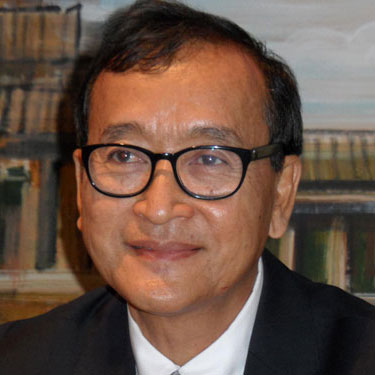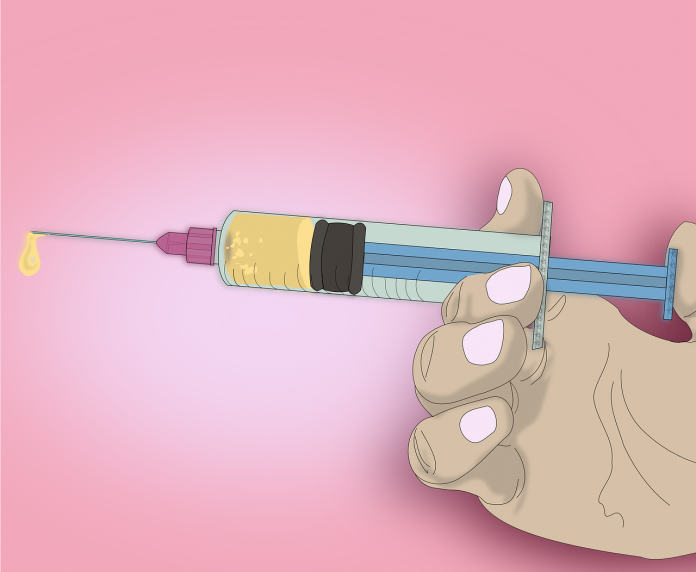Several governments, including that of the US, have signed contracts worth billions of dollars with drug developers in an attempt to ensure that they can quickly secure sufficient supplies of any COVID-19 vaccination.
Governments are already spending money to help in developing candidates. If and when a vaccination is proven, numerous governments are planning to buy hundreds of millions of doses in attempts to vaccinate entire populations in some of the world’s most populous countries.
Is this expensive strategy which will cost taxpayers dear the optimal one for combatting COVID-19? Is it even necessary? The $1.95 billion agreement between the US administration and the drug company Pfizer envisages the production of “at least 100 million doses” of a COVID-19 vaccine. The US company Moderna, another frontrunner in the race for a vaccination, says that it will be able to supply 500 million doses a year, and potentially a billion from 2021. Even so, the company warns, it won’t be able to supply the whole planet.
Politically, of course, the best strategy for a rich country is to inoculate its population as quickly as possible, no matter what the financial cost. But in terms of health policy, the strategy is wasteful and counter-productive.
The futility of a race to mass inoculation – assuming for a moment that a vaccination will exist – is demonstrated by the work of William Foege in combating smallpox in west and central Africa in the late 1960s. This was done by tracking and containment, rather than by the mass vaccination originally planned.
Between 1940 and 1970, West Africa had an estimated 200,000 to 400,000 cases of smallpox per year. In 1966, a programme to eradicate smallpox in west and central Africa was started with the support of the World Health Organization (WHO) and the US. The initial plan envisaged an “attack phase” consisting of vaccination of the entire population within three years.
The plan was altered in response to developments on the ground. In December 1966, smallpox was reported in Ogoja province in southeastern Nigeria. Within four weeks, the outbreak had been brought under control. The key factors, Foege wrote, were “a surveillance system that quickly identified the infected areas and control activities that focused on rapid vaccination of family and village contacts of cases.” It was evident, he wrote, that even in endemic areas with low levels of population immunity, “individual outbreaks could be quickly and effectively contained.”
The point was to identify and vaccinate those who were immediately at risk. If this could be done accurately, then there was no need to vaccinate everyone to kill the disease. The conclusion led to a shift in what was then the Eastern Region of Nigeria to put the main emphasis on surveillance and containment activities rather than mass vaccination. The result was that smallpox disappeared in the region within five months, with the vaccination of only 750,000 people from a population of over 12 million.
The strategy was rolled out across the whole region. In September 1968, surveillance-containment activities were started in all areas of West Africa with known or suspected smallpox. By May 1970, all of the 20 countries were free of smallpox.
This was both faster than targeted and under budget. The strategy was further extended. In 1979, the world officially became free of smallpox, estimated to have killed 300 million people in the twentieth century alone.
Costs
There are of course many differences with our situation today. Foege noted that slow transmission speeds of smallpox allowed teams time to react. COVID-19 spreads much faster, and the world now has many more densely packed urban centres than in the 1960s. On the other hand, our technology for tracing the course of a pandemic and act on the information has also advanced exponentially. On the clinical level, those who are ill with COVID-19 are only generally sick for two or three weeks, with around 80% of cases remaining asymptomatic. This makes overall treatment less burdensome.
Foege’s analysis of the financial costs involved in the west Africa containment exercise should be studied by any leader considering bulk purchase of a vaccination to inoculate a whole population. The US has not had a case of smallpox since 1949, but in the late 1960s, it was still spending about $140 million a year to stay free of the disease. The US invested about $15 million in smallpox eradication in the west African programme. By diverting what it was spending in 39 days on smallpox prevention, the US was able to help 20 countries to become smallpox-free. These countries posed no future risk as exporters of smallpox.
The choice of how to use a COVID-19 vaccination is not yet available to us. Even if no vaccination is ever produced, a greater shared focus on tracking and tracing of cases to identify those most vulnerable is rational as it will leave us with a great deal of information as to who needs to be isolated.
But assuming that the silver bullet arrives, a heavily vaccinated country in a world where COVID-19 is still widespread will not be able to function in anything like a normal way. Quarantine requirements to enter or leave such a country would likely make most travel impractical. The international economy would be just as hamstrung as it is today. Our task, then, is to identify the areas where the vaccination will need to be deployed first to contain the global spread of the virus, while avoiding colossal expenditure which could be put to better use elsewhere.
The views and opinions expressed in this article are those of the author.

Sam Rainsy, Cambodia’s finance minister from 1993 to 1994, is the co-founder and acting leader of the opposition Cambodia National Rescue Party (CNRP).


